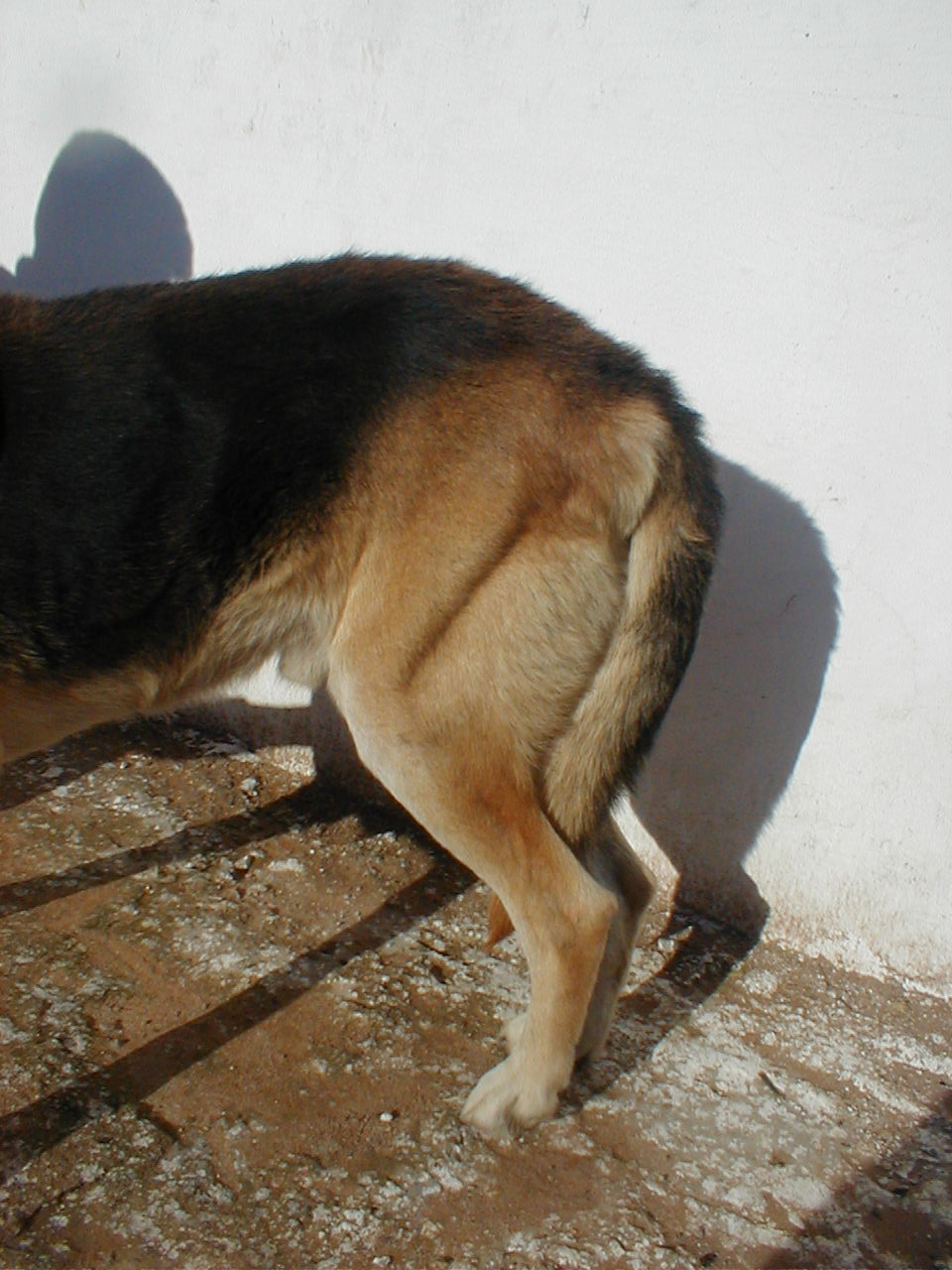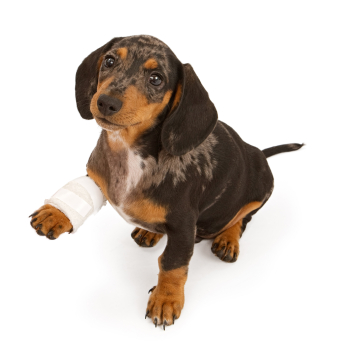Ice or Hot Packs
If the dog is in extreme pain, ice or hot packs can be applied to the affected region. This can help in alleviating the hip pain in dogs and reduce the inflammation.
 Rest
RestAdequate rest is another essential aspect of tendonitis treatment for dogs. Since the condition can worsen if the affected area is used or moved, the dog needs to be confined to bed and made to rest.
Anti-Inflammatory Drugs
Sometimes dog anti-inflammatory drugs may also be required to reduce the inflammation. These drugs should only be given under the supervision of a veterinary doctor.
Sometimes dog anti-inflammatory drugs may also be required to reduce the inflammation. These drugs should only be given under the supervision of a veterinary doctor.
Veterinary Care
In case of severe or chronic tendonitis or a ruptured tendon, the dog would need veterinary care. This may also require fluid drainage from the affected area, which only a veterinarian can do.
In case of severe or chronic tendonitis or a ruptured tendon, the dog would need veterinary care. This may also require fluid drainage from the affected area, which only a veterinarian can do.
Massage
Many times, gentle massage or physical therapy may be helpful in alleviating the pain associated with tendonitis. However, the massage should be done in the presence of a qualified veterinary practitioner.
Many times, gentle massage or physical therapy may be helpful in alleviating the pain associated with tendonitis. However, the massage should be done in the presence of a qualified veterinary practitioner.
Surgery
Surgery is the last resort treatment for a severe case of tendonitis in dogs. Surgery is only done when the pain is unbearable and regular functions become completely impossible.
Surgery is the last resort treatment for a severe case of tendonitis in dogs. Surgery is only done when the pain is unbearable and regular functions become completely impossible.





